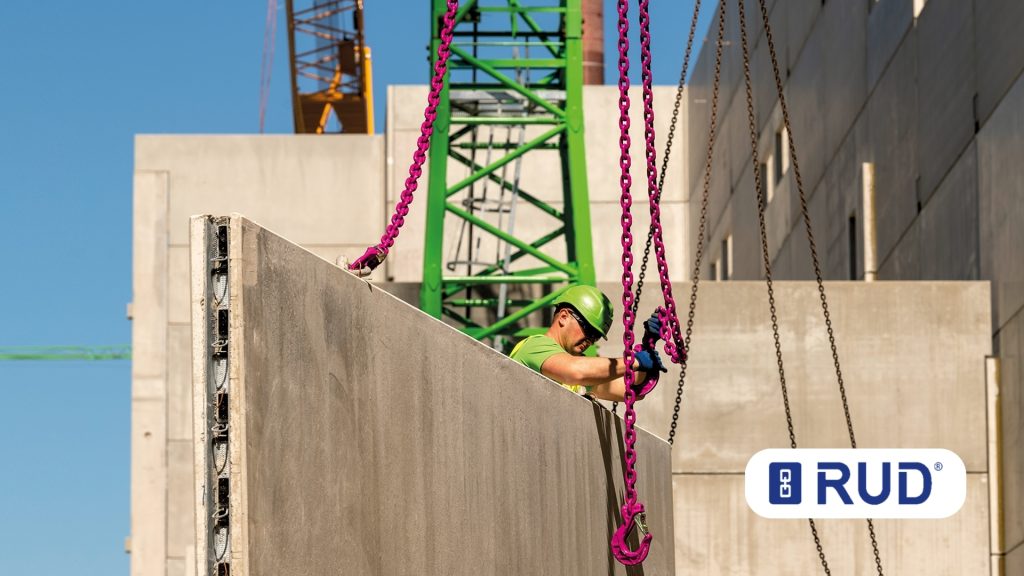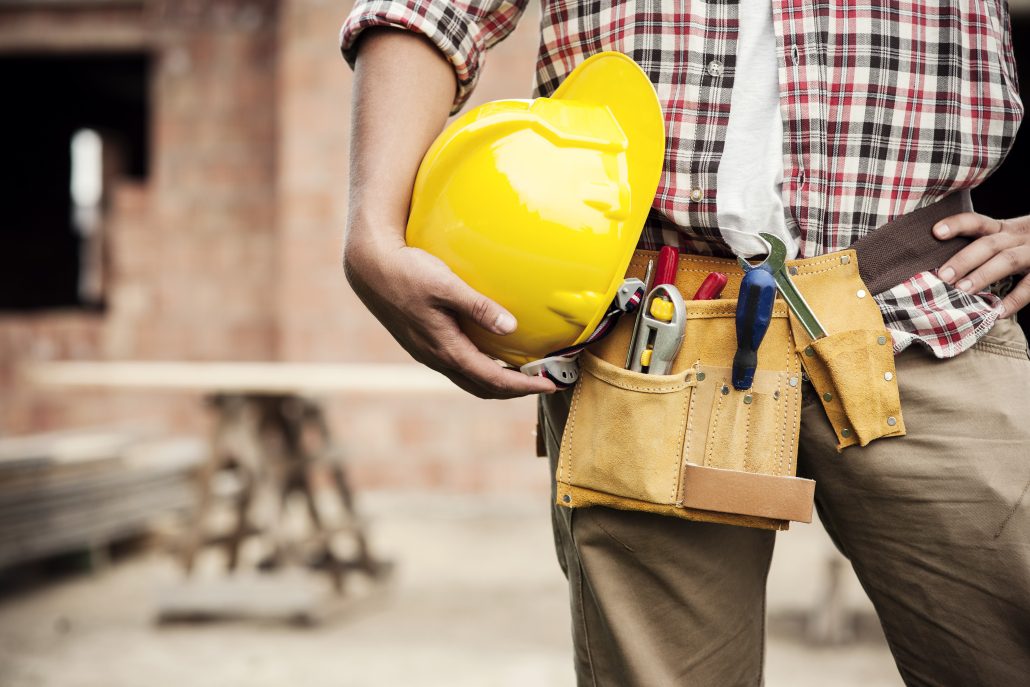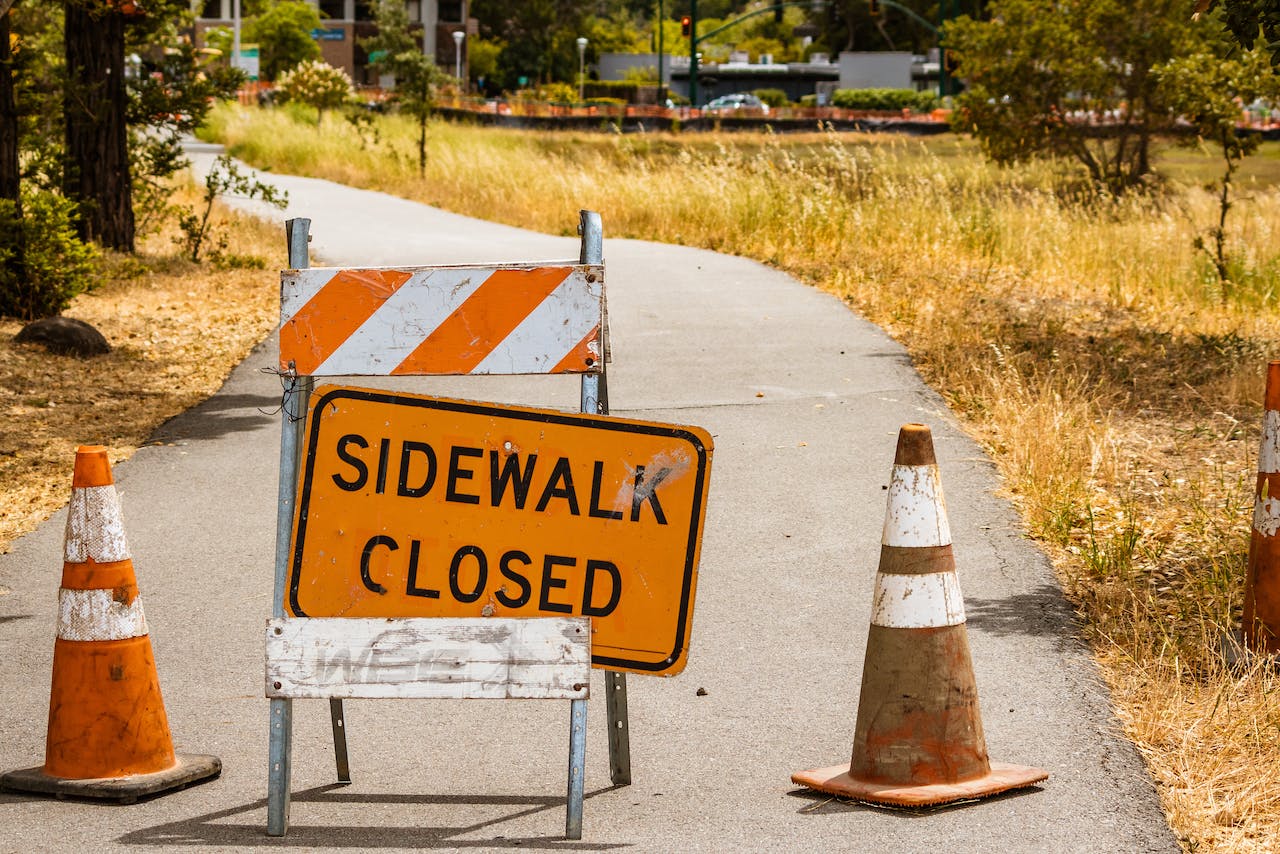How RUD’s Lifting Points Improve Safety & Efficiency in Heavy Lifting

Every day, workers in construction, manufacturing, and mining handle heavy machinery and industrial loads. While lifting is an essential part of these industries, improper techniques and subpar equipment can lead to serious injuries, costly downtime, and even fatalities.
A common mistake in lifting operations is failing to secure the load close to the center of gravity, which increases instability and the risk of accidents. Employers must also ensure that employees use proper body mechanics, such as keeping their feet shoulder-width apart, engaging their knees, and using their legs rather than their back to lift. However, beyond human technique, having the right lifting equipment is just as crucial.
Using Lifting Equipment significantly reduces risks and improves efficiency. High-quality lifting points distribute force evenly, prevent hazards, and enhance overall workplace safety. RUD’s advanced lifting solutions are designed to minimize strain on workers, ensure compliance with safety laws, and improve productivity.
This article explores why lifting points are a critical component of workplace safety, how RUD’s technology enhances lifting operations, and how businesses can reduce costs while maximizing efficiency.
The Critical Role of Lifting Points in Workplace Safety
Lifting accidents happen more often than many workplaces admit. In many cases, the issue isn’t just human error—it’s the equipment itself. A weak, misaligned, or low-quality lifting point can cause imbalance, unexpected load shifts, and even catastrophic failure.
Regulatory bodies like OSHA and ISO have established strict workplace safety laws to minimize risks, but selecting the right lifting equipment is just as important as following these guidelines.
Companies that rely on heavy machinery must ensure that lifting points distribute force evenly, preventing sudden stress fractures or system failures.
How RUD’s Lifting Points Solve Safety Issues
Unlike traditional attachment points, RUD’s lifting points are engineered to eliminate instability and maximize control. Key safety advantages include:
- Optimized Load Distribution: Reduces stress on both the load and machinery, extending equipment lifespan.
- 360° Rotation & Adjustability: Prevents sudden movements, keeping employees and equipment safe.
- High-Tensile Strength Materials: Engineered for extreme weight without deformation, lowering long-term maintenance costs.
By integrating RUD’s certified lifting solutions, businesses can significantly reduce lifting hazards, improve safety compliance, and ensure smooth, efficient operations. Investing in high-quality lifting points doesn’t just prevent accidents—it protects workers, equipment, and company profits.
What Makes RUD’s Lifting Points Stand Out?
Imagine lifting a multi-ton load, only for the lifting point to twist under pressure—the load shifts, and suddenly, an accident is imminent. This is exactly why not all lifting points are reliable.
RUD’s lifting points are engineered to eliminate these risks. Here’s what makes them the industry leader in lifting safety and efficiency:
- Smart Swivel Design: Prevents load twisting, ensuring maximum stability.
- High-Tensile Strength Materials: Built to withstand extreme weight without deformation.
- Advanced Load Adaptation: Adjusts to different lifting angles, reducing stress on machinery.
- Long-Term Reliability: Resistant to fatigue, corrosion, and mechanical wear, reducing maintenance costs.
These features don’t just enhance safety—they improve workplace productivity by ensuring faster, more controlled lifts. Companies that switch to RUD’s Lifting Equipment report fewer equipment failures, smoother lifting operations, and lower long-term costs.
Choosing high-quality lifting points isn’t just a matter of compliance—it’s about protecting employees, improving efficiency, and maintaining industry-leading standards.
Improving Workplace Efficiency With the Right Lifting Equipment
Every minute of downtime in heavy lifting operations results in lost productivity and increased costs. When lifting points are unreliable—causing delays, equipment damage, or safety concerns—businesses face operational bottlenecks that slow progress and raise expenses.
How RUD’s Lifting Points Enhance Efficiency
Unlike standard attachment points, RUD’s lifting points are designed for seamless load handling, reducing both time and effort in lifting operations. Key advantages include:
- Quick & Secure Load Handling: Reduces setup time, allowing workers to complete lifts faster and safer.
- Durable, Low-Maintenance Design: Built for long-term use, minimizing breakdowns and maintenance costs.
- Precision Engineering: Ensures optimal load control, reducing the risk of sudden force shifts that could lead to accidents.
A recent industry case study highlighted how a mining company using RUD’s Lifting Equipment reduced lifting time by 30%, improving overall productivity while lowering equipment wear and tear.
By choosing the right lifting technology, companies can streamline operations, reduce long-term costs, and improve overall workplace efficiency.
Choosing the Right Lifting Points for Your Operations
Selecting the right lifting points is essential for workplace safety, equipment longevity, and operational efficiency. With so many options available, employers must carefully assess their lifting equipment to ensure compatibility with specific tasks.
Key Factors to Consider When Choosing Lifting Points
- Load Capacity & Weight Distribution: Selecting a lifting point that supports the full weight of the load prevents instability and structural failures.
- Material Strength & Durability: Heavy industries require lifting points made from high-tensile materials that resist fatigue and corrosion.
- Fixed vs. Swivel Points: Swivel lifting points offer 360° rotation, reducing force impact and enhancing precision in lifting.
Matching Lifting Points to Industry Needs
Different industries require different lifting solutions:
- Construction & Infrastructure: Stability for crane operations and structural assembly.
- Mining & Heavy Machinery: High-load capacities that withstand harsh conditions.
- Manufacturing & Warehousing: Lifting points designed for assembly line productivity.
According to Safe Work Australia, using properly rated lifting components is a legal requirement in high-risk industries. Choosing certified lifting solutions not only ensures compliance with workplace safety laws but also reduces long-term maintenance costs and enhances worker safety.
Employers should regularly inspect lifting equipment, train employees on safe lifting practices, and invest in proven lifting technology to maintain a safe and efficient workplace.
Prioritizing Safety and Efficiency in Heavy Lifting
Lifting operations are a high-risk aspect of many industries, and without the right lifting equipment, businesses expose themselves to workplace hazards, equipment failures, and regulatory penalties. Investing in certified lifting solutions not only enhances safety but also improves productivity and reduces long-term costs.
Why RUD’s Lifting Solutions Matter
By integrating RUD’s lifting points, companies benefit from:
- Enhanced workplace safety through engineered load control
- Improved operational efficiency, reducing downtime and maintenance costs
- Compliance with global safety standards, protecting both employees and assets
Workplace safety goes beyond lifting equipment—it also involves health programs, risk assessments, and proper training. According to 4 Tools To Enhance Health & Safety At Work, using the right tools in combination with certified lifting solutions can significantly reduce workplace injuries and enhance overall safety systems.
Choosing the right lifting technology isn’t just about meeting industry regulations—it’s about ensuring reliability, efficiency, and long-term success.




